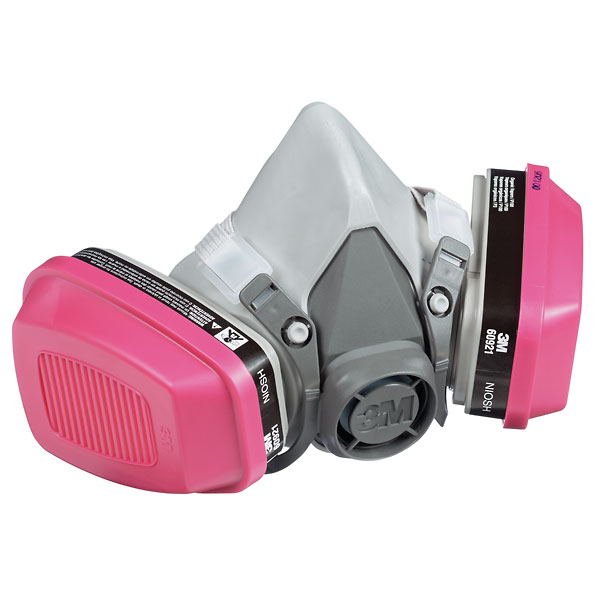linoleum bonypart
Drone Bee
- Joined
- Jul 10, 2015
- Messages
- 1,074
- Reaction score
- 56
- Location
- East Yorkshire
- Hive Type
- National
- Number of Hives
- 12
First vape of the winter....sunny .... no breeze

Are you doing just the one vape per hive or 3 over 5 days to cover the brood cycle?First vape of the winter....sunny .... no breeze
If now a broodless period is there a need to do multiple vapes?Yes multi vapes.... inspection boards in
If now a broodless period is there a need to do multiple vapes?








12C last night when I treated (Sublimox) in the dark as Storm Caroline piled in. Today windy, 4C and colonies in another apiary clustered, so dribbled.
Checked one strong colony in poly and it was broodless as I'd hoped (and expected based on recent weather)
All looking good, but ages to go yet.
Natural mite drop (20/2/17-13/03/17) = 0.78 mites/day
Soap test (1st week in July) = 0.11 mites/g
I believe that, by continuous treatment, we can not identify those colonies that are really worth propagating.
Would an accelerated drop using OAV (so just the once) be acceptable do you think B+ ?
I know this isn't pertinent to all, but, I recorded the following mean figures in my 2017 test group,:
Natural mite drop (20/2/17-13/03/17) = 0.78 mites/day
Soap test (1st week in July) = 0.11 mites/g
As a consequence, none of these will be treated for mites again this winter. In fact, it is a condition that none of the potential breeding stock are treated the previous winter in the breeding group I am a member of (www.beebreed.nl)
I believe that, by continuous treatment, we can not identify those colonies that are really worth propagating.
Is that a typo (mites/g) - what is it that you're recording - mites per gramme of bees? Even so, the figures are remarkably low - well done!
CVB
Even so, the figures are remarkably low - well done!
CVB
... restricting the entry of bees from other countries, you should realise that they're asking you to close the door to better bees.